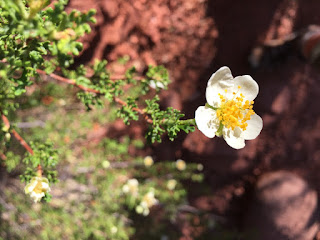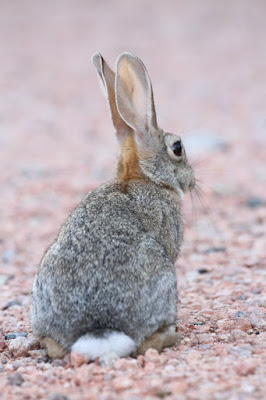A lucky pair: yellow-naped and red-lored Amazons enjoying a peanut snack.
I have been intensely curious about how Don Alvaro came to have all these macaws, and I finally had a chance to speak with him at length, with Mario as interpreter. What I'm about to tell you is from that conversation.
It all started 25 years ago with four macaws his father had owned, and four more given to him from confiscations by the Ministry of Environment.
Lucky macaws, to land here, where they would be allowed to fly free through appropriate habitat and even breed! Forty macaws have fledged from his nest boxes in that period, of which 30 now fly free around his farm. He has eight nest boxes, barrels that he mounts high in the trees and fills with balsa wood for them to "excavate." Macaws like to nest high in mountain almond trees with broken branch stubs that make enormous cavities. Those huge trees stand alone, like sentinels, and there are not nearly enough of them to serve as nest trees now.
Don Alvaro "keeps" two species at his finca, the scarlet and the great green macaw.
Both are native to Costa Rica, but severely endangered by loss of habitat. Most of his birds are paired with species-appropriate mates, and they're duly producing purebred offspring.
He has one pair consisting of a scarlet male and great green female. And there's a story in that. The scarlet was mated for years to a very fertile scarlet hen, who produced a number of broods, but sadly, she died when she hit a powerline. Her widowed mate now sneaks matings with a fertile female great green, who has been paired for years with an infertile male great green. This hen laid infertile eggs for years until she started consorting in secret with the widowed male scarlet. (She still goes everywhere with her infertile great green mate, but come nesting time she kicks him out, mates with the scarlet widower, and finally gets to raise babies.) This great green hen now produces hybrid young, and there's not much Don Alvaro can do about it, because love amongst free-flying macaws is a complicated thing.
Three hybrid babies with their great green mama (second from right) and their scarlet daddy (far right). They're so pretty, but we hope and trust they're sterile!
A hybrid scarlet x great green macaw in flight:
Don Alvaro is pretty sure the hybrids are sterile, and won't compromise the gene pool of the purebred birds.
When people come to see the macaws, he calls them in with peanuts. Lapa lapa lapa lapa lapa! he calls.
He knows how to set up a photo op, watching the light and telling us where to stand for the best angle. In this video, you can get a feel for the energy and presence of this remarkable man. He is so utterly in tune with animals and birds, and the evidence of that harmony is all around.
Next, we present the gift.






























































Monday, September 28, 2015
3 comments